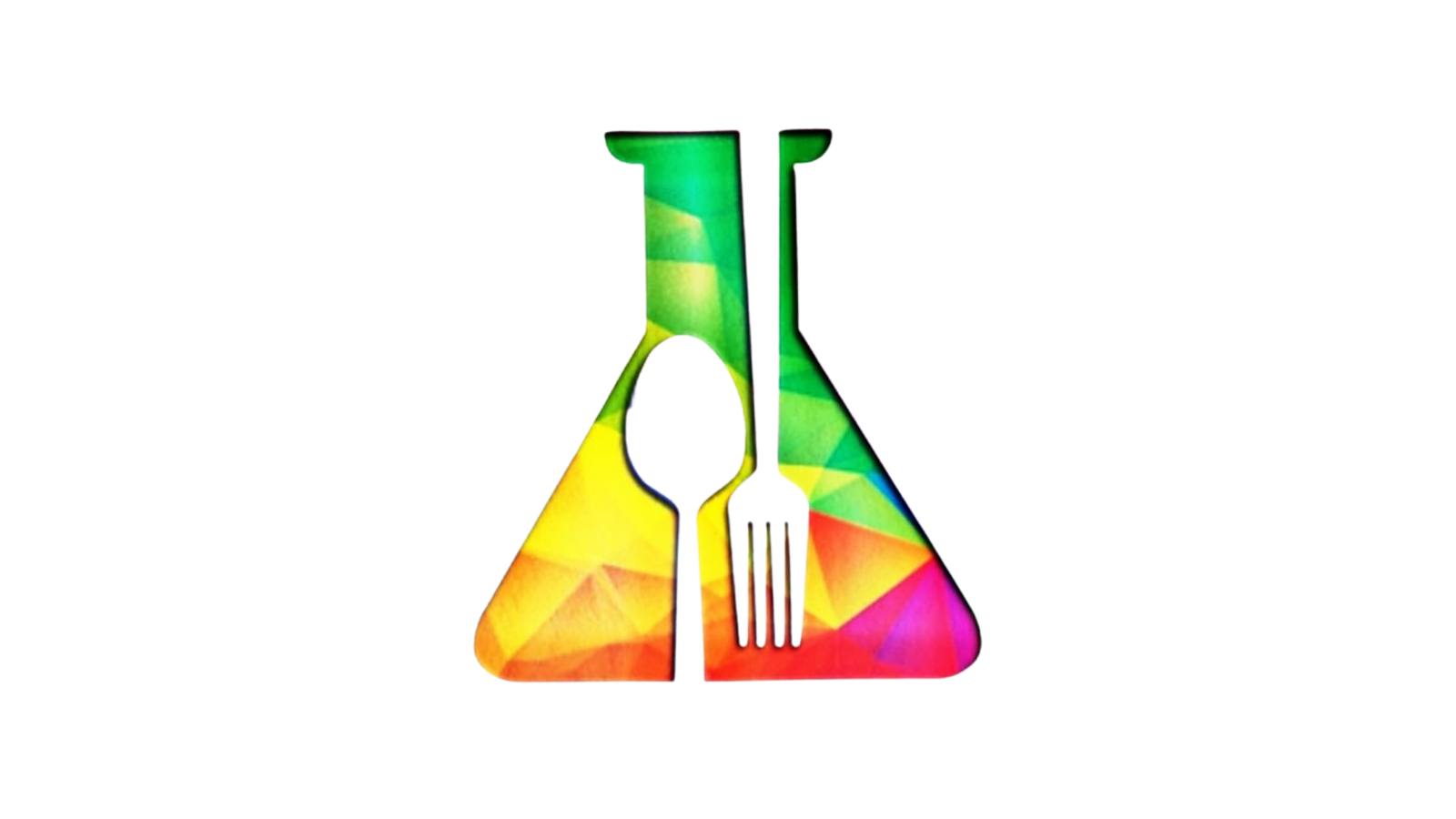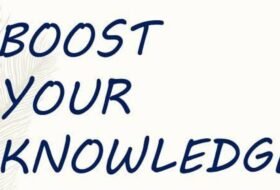Q. Double vision, muscle paralysis and breathing problems are symptoms of:
- E. coli
- C. botulinum
- Staphylococcus aureus
- Salmonella
Answer: b)
The symptoms all result from muscle paralysis caused by the toxin. If untreated, the disease may progress and symptoms may worsen to cause full paralysis of some muscles, including those used in breathing and those in the arms, legs, and trunk (part of the body from the neck to the pelvis area, also called the torso).
In foodborne botulism, symptoms generally begin 18 to 36 hours after eating a contaminated food.
Signs and symptoms might include:
- Difficulty swallowing
- Muscle weakness
- Double vision
- Drooping eyelids
- Blurry vision
- Slurred speech
- Difficulty breathing
- Difficulty moving the eyes
Q. Spreading bacteria to clean food from contaminated work surfaces, hands, utensils or food is called
- Botulism
- Cross – contamination
- Hygiene
- Food – borne illness
Answer: b
Cross-Contamination
Microbes can be transferred from one food to another by using the same knife, cutting board or other utensil without washing the surface or utensil in between uses.
Q. The “temperature danger zone” is:
- 40 degrees – 140 degrees F
- 65 degrees – 140 degrees F
- 0 degrees – 100 degrees F
- 180 degrees – 350 degrees F
Answer: a)
The danger zone refers to the temperature range in which bacteria growth occurs most rapidly on food. According to ServSafe recommendations, food temperatures between 41 and 135 degrees Fahrenheit represent this danger zone.
Q. The Third Party Audit is
- Customer audit
- Internal audit
- Audit by an external / certification body
- None of the above
Answer: a and c
A third-party audit is when an external organisation (third-party) who undertakes an audit of an organisation, where the external organisation does not have a direct relationship to the Auditee organisation (the organisation being audited).
Q. Which of the following is not identified as an allergen by European Union (EU)
- Mustard Oil & Peanuts
- Gluten containing cereals
- SO2 more than 10 ppm
- All of the above
Answer: d)
The 14 allergens are: celery, cereals containing gluten (such as barley and oats), crustaceans (such as prawns, crabs and lobsters), eggs, fish, lupin, milk, molluscs (such as mussels and oysters), mustard, peanuts, sesame, soybeans, sulphur dioxide and sulphites (if the sulphur dioxide and sulphites are at a concentration of more than ten parts per million)and tree nuts (such as almonds, hazelnuts, walnuts, brazil nuts, cashews, pecans, pistachios and macadamia nuts).





